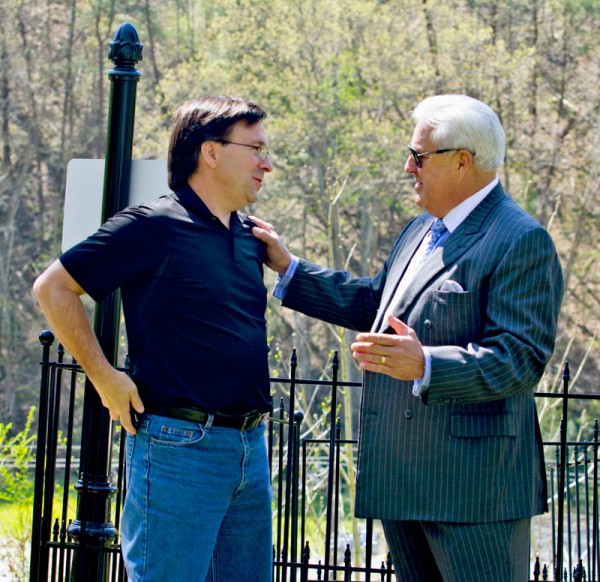 In 2003, Bo McCoy and his cousin Ron McCoy, both direct descendants of feud leader Randolph McCoy, worked tirelessly with Reo Hatfield, descendent of the feuding Hatfields, to bring an official end to the world’s most famous feud. While peace between the two families had been in place for several decades, Bo, Ron and Reo felt it was important to make an official treaty to serve as a reminder of just how far both families have come since the terrible feud. And while there remains no hostility between the families, the feud history itself is still something that is hotly contested. Below are 5 things Hatfields and McCoys (along with those who study their history) still feud over.
In 2003, Bo McCoy and his cousin Ron McCoy, both direct descendants of feud leader Randolph McCoy, worked tirelessly with Reo Hatfield, descendent of the feuding Hatfields, to bring an official end to the world’s most famous feud. While peace between the two families had been in place for several decades, Bo, Ron and Reo felt it was important to make an official treaty to serve as a reminder of just how far both families have come since the terrible feud. And while there remains no hostility between the families, the feud history itself is still something that is hotly contested. Below are 5 things Hatfields and McCoys (along with those who study their history) still feud over.#5 Perry Cline’s Role in the Feud
While most historians agree that the portrayal of Perry Cline in Kevin Costner’s Hatfields & McCoys miniseries is quite inaccurate (Roseanna was never a love interest of his, he was married at the time), he remains one of feud lore’s’ most controversial characters. It is believed that at a young age, Cline was robbed of 5,000 acres of land by Anderson “Devil Anse” Hatfield in a court ruling. Some claim that Cline flamed the anger of the McCoys against the Hatfields for revenge. Cline is often demonized by those who support this view, with some writers blaming him for the feud altogether. Supporters of Cline often paint a more desirable image of him, believing that he was simply helping the McCoys in their struggle for justice. Cline was responsible for the establishment of the first school for African Americans in Pike County, and there are a few streets in Pikeville City that bear his name, or that of his wife Martha. Cline was a successful politician as well, attaining the position of Kentucky State Representative. While these facts do not prove or disprove claims that he was solely, or at least in some way responsible for the feud, they do serve as a reminder that human history can be a complex thing to study.
#4 Was “Crazy” Jim Vance Crazy?
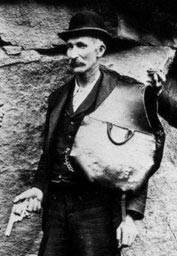 Tom E. Dotson, author of the new book The Hatfield & McCoy Feud after Kevin Costner: Rescuing History, (available online at Amazon.com or in the Pike County Tourism CVB office) made a case for “Crazy” Jim Vance, claiming he may not have been as crazy as some authors, namely Dean King, say. The image of Vance being a loose cannon is seared into many of our minds after watching the heinous things his character did on the miniseries. He is often portrayed as an outlaw who did not value human life outside of the Hatfield clan, and is portrayed by many as being the leader of the New Years night massacre of the McCoys. Dotson claims that the historical Vance may have not been known as “crazy”, but by the more loving name “uncle.” His support for Vance’s historical portrayal includes many interesting facts, such as Vance being appointed constable in 1870. This does bring up a unique historical conundrum, as Vance is believed to have been an outlaw according to Pike County law, with Kentucky’s own Special Deputy “Bad” Frank Philips being the one who took his life during a skirmish. Even then, Vance’s reputation may have been a case of “it depends on who you ask.”
Tom E. Dotson, author of the new book The Hatfield & McCoy Feud after Kevin Costner: Rescuing History, (available online at Amazon.com or in the Pike County Tourism CVB office) made a case for “Crazy” Jim Vance, claiming he may not have been as crazy as some authors, namely Dean King, say. The image of Vance being a loose cannon is seared into many of our minds after watching the heinous things his character did on the miniseries. He is often portrayed as an outlaw who did not value human life outside of the Hatfield clan, and is portrayed by many as being the leader of the New Years night massacre of the McCoys. Dotson claims that the historical Vance may have not been known as “crazy”, but by the more loving name “uncle.” His support for Vance’s historical portrayal includes many interesting facts, such as Vance being appointed constable in 1870. This does bring up a unique historical conundrum, as Vance is believed to have been an outlaw according to Pike County law, with Kentucky’s own Special Deputy “Bad” Frank Philips being the one who took his life during a skirmish. Even then, Vance’s reputation may have been a case of “it depends on who you ask.”
#3 Was “Bad” Frank Really Bad?
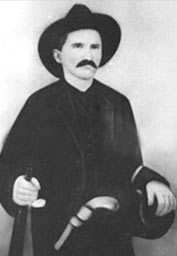 As with many other feud related personalities, “Bad” Frank Philips is a complicated character to understand. Feud lore portrays Philips as a gunslinger anti-hero (or villain in some cases) with a variety of wild stories involving women, alcohol and excessive force. There are some historians who believe that Philips was not “bad” at all, but rather took the necessary measures needed to wrangle up one of the Tug Valley’s most dangerous gangs, the (bad) Hatfields. After all, this was post Civil War era in the battle line state of Kentucky. Law was being reintroduced to the area, and as with the Wild West, the Appalachian region struggled to recover from the chaos of war. Philips was commissioned by Kentucky State Government to track down and arrest Hatfields. When extradition laws got in the way of Philips accomplishing his mission, the United States Supreme Court sided with Kentucky. Philips served as Deputy Sheriff, and last week, was recognized in the unveiling of the Pike County Courthouse’s Fallen Police Officers Memorial alongside other officers who fell in the line of duty. The Phillips family has since been known to serve in law enforcement and education with much success. This may not be a testament to his character, but it does make one wonder about the “bad” label.
As with many other feud related personalities, “Bad” Frank Philips is a complicated character to understand. Feud lore portrays Philips as a gunslinger anti-hero (or villain in some cases) with a variety of wild stories involving women, alcohol and excessive force. There are some historians who believe that Philips was not “bad” at all, but rather took the necessary measures needed to wrangle up one of the Tug Valley’s most dangerous gangs, the (bad) Hatfields. After all, this was post Civil War era in the battle line state of Kentucky. Law was being reintroduced to the area, and as with the Wild West, the Appalachian region struggled to recover from the chaos of war. Philips was commissioned by Kentucky State Government to track down and arrest Hatfields. When extradition laws got in the way of Philips accomplishing his mission, the United States Supreme Court sided with Kentucky. Philips served as Deputy Sheriff, and last week, was recognized in the unveiling of the Pike County Courthouse’s Fallen Police Officers Memorial alongside other officers who fell in the line of duty. The Phillips family has since been known to serve in law enforcement and education with much success. This may not be a testament to his character, but it does make one wonder about the “bad” label.
#2 Was Devil Anse Really the Devil?
Probably the most complex character in feud history, Anderson “Devil Anse” Hatfield’s reputation includes a variety of traits that make for an interesting personality. I have been told that he was “six feet of devil and 180 pounds of hell”, who staved off a Yankee attack by himself at the battle of Devil’s Backbone. He kept bears as pets, was politically connected and used fear and intimidation to influence Pike County politics. He is considered the feared leader of the Hatfield clan. He has also been described as a peaceful family man who only reacted to Randolph McCoy and sought to extinguish the feud before it grew out of control. Devil Anse supporters claim his hand was forced due to the murder of his brother, Ellison Hatfield. A portion of feud enthusiasts question Devil Anse’s authority, and claim that he was nowhere near as instrumental in the feud as Wall Hatfield, his older brother, or his uncle Jim Vance. In fact, some claim his preferred weapon of choice was the courtroom, as he was involved in various disputes over land and logging rights. Despite being relatively easy to locate, Devil Anse was never brought to trial for anything involving the murders of McCoys or any other feud activities. Does this mean he was not directly involved? This is where the debate ensues.
#1 What Started the Feud
 The most common question we receive from visitors is over how the feud began. I would gamble to say that the romanticized Roseanna/Johnse forbidden love story or the hog trial tends to be the most widely believed origin. However there are a variety of solid reasons for what brought about America’s most famous feud. Those who believe the McCoys were victims tend to claim that the murder of Asa Harmon McCoy, although more than a decade before the hog trial, is the starting point of the feud. The Civil War dynamic of the murder (Harmon was a Union Soldier, “Feuding Hatfields” were confederate sympathizers) certainly makes sense, and I am told history shows no instances of feuds in Appalachia before the Civil War. As mentioned above, the land dispute between Perry Cline and Devil Anse is sometimes cited as the feud’s true purpose, with Randolph McCoy being a pawn of Cline’s to get revenge on Devil Anse. It has been suggested that economic factors played a significant role in the feud, with the lesser well-to-do McCoys being jealous of the Hatfield’s logging enterprise. Those who believe the Hatfield’s were victims say that the murder of Ellsion Hatfield, Devil Anse’s brother, marked the beginning of the feud. Historian Altina Waller suggests there was no feud at all, but that the “trouble” that occurred was sensationalized by the media of the day, bringing the feud label. All in all, let us be glad that the “feuding” of today is limited to learning and establishing historical truth, with education being the driving force.
The most common question we receive from visitors is over how the feud began. I would gamble to say that the romanticized Roseanna/Johnse forbidden love story or the hog trial tends to be the most widely believed origin. However there are a variety of solid reasons for what brought about America’s most famous feud. Those who believe the McCoys were victims tend to claim that the murder of Asa Harmon McCoy, although more than a decade before the hog trial, is the starting point of the feud. The Civil War dynamic of the murder (Harmon was a Union Soldier, “Feuding Hatfields” were confederate sympathizers) certainly makes sense, and I am told history shows no instances of feuds in Appalachia before the Civil War. As mentioned above, the land dispute between Perry Cline and Devil Anse is sometimes cited as the feud’s true purpose, with Randolph McCoy being a pawn of Cline’s to get revenge on Devil Anse. It has been suggested that economic factors played a significant role in the feud, with the lesser well-to-do McCoys being jealous of the Hatfield’s logging enterprise. Those who believe the Hatfield’s were victims say that the murder of Ellsion Hatfield, Devil Anse’s brother, marked the beginning of the feud. Historian Altina Waller suggests there was no feud at all, but that the “trouble” that occurred was sensationalized by the media of the day, bringing the feud label. All in all, let us be glad that the “feuding” of today is limited to learning and establishing historical truth, with education being the driving force.
The author of this article is not a historian. This article is simply an editorial to inspire conversations about the feud. Items cited in this article are gathered from the author’s personal conversations with those who study the feud.

Need a brochure? We can mail you one!
Need help finding where you are going? We’re your first stop.
Pikeville-Pike County Tourism CVB Welcome Center
Welcome to the Pikeville-Pike County Welcome Center, your starting point for an unforgettable adventure in the heart of Appalachia. Whether you’re headed to the Hatfield McCoy Feud Sites, seeking outdoor thrills, or exploring live entertainment venues, our staff is here to guide you every step of the way. Let us help you make the most of your journey in Pikeville and beyond.
Located on the 3rd floor of the Pikeville Historic Flatiron Building, accessible by the side elevator.



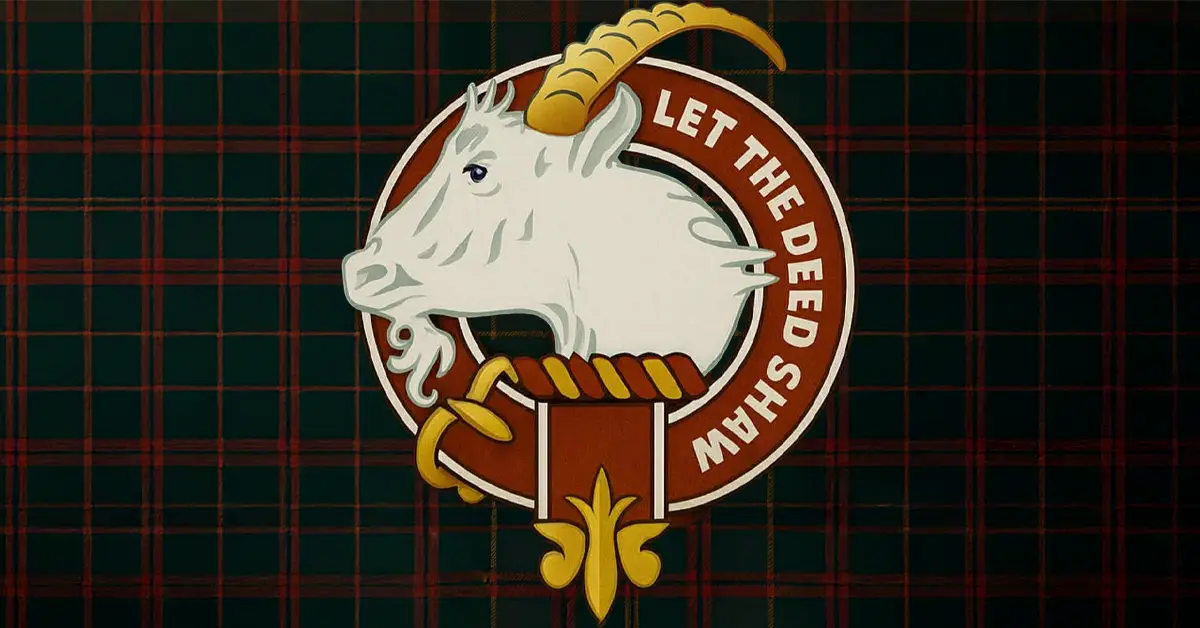
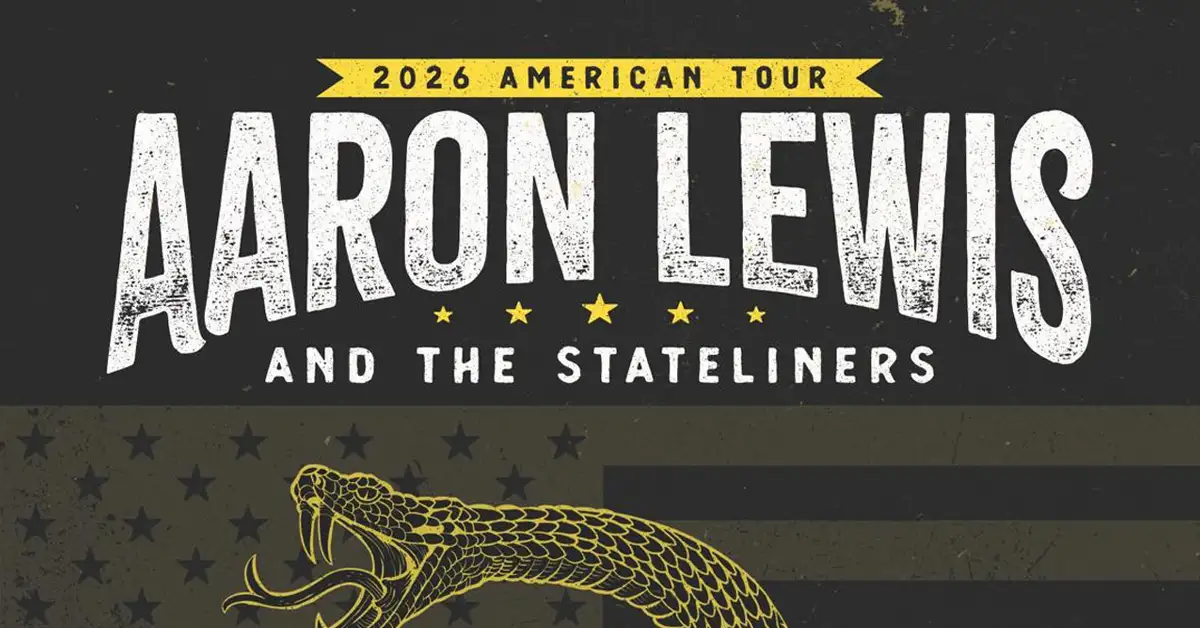




Comments are closed